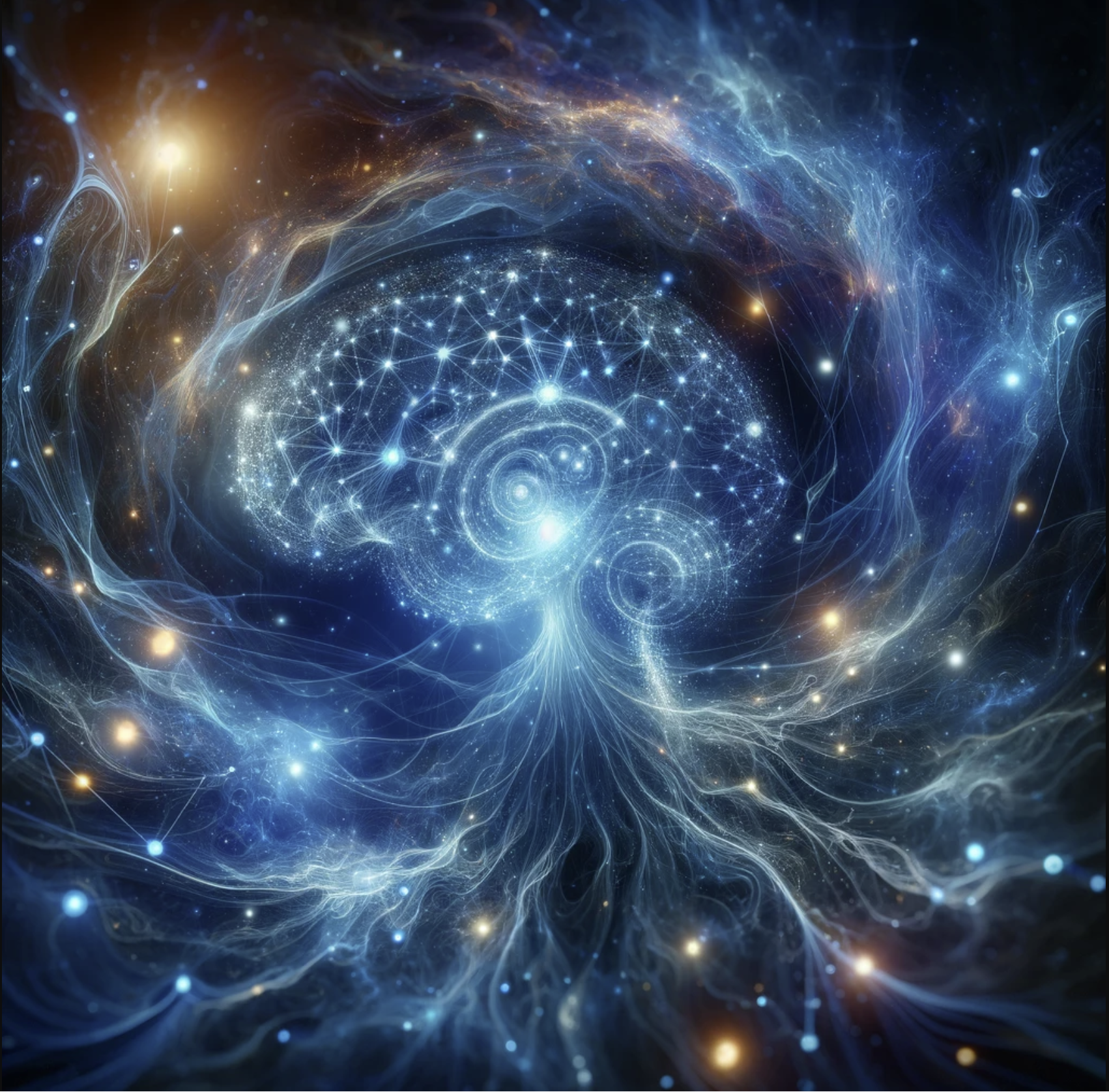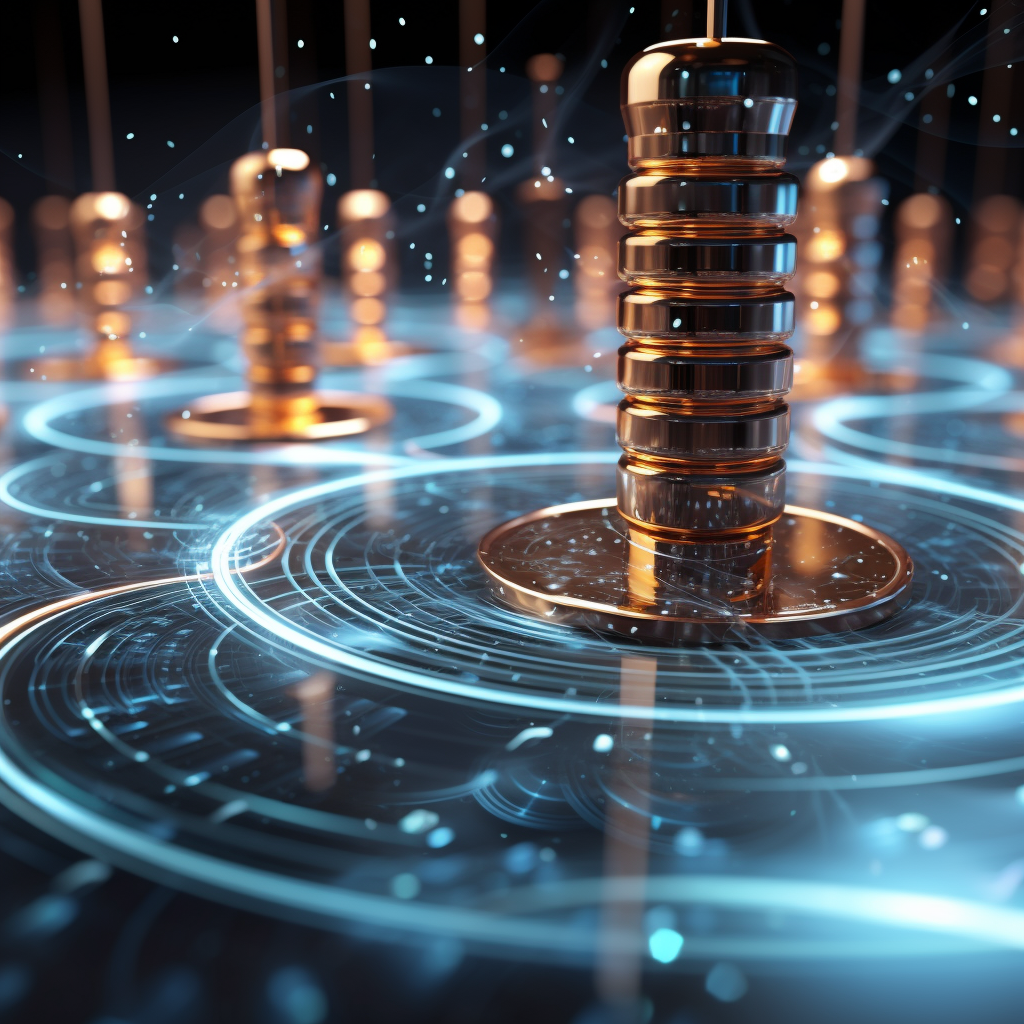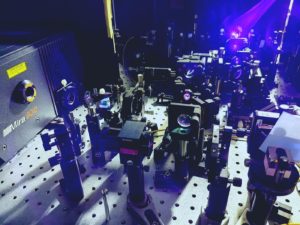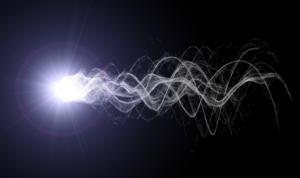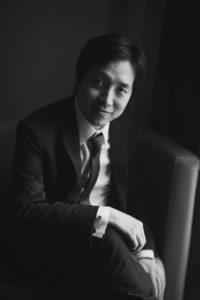
I am faculty at the Complexity Institute at the School of Physical and Mathematical Sciences, Nanyang Technological University. I also hold a joint appointment at the Centre for Quantum Technologies at the National University of Singapore. My primary research interest is in the interface between physics, computation, and complexity.
The laws of physics can tell us what class of functions are computable and what problems are either easy of intractable to solve. They shed light on how information is processed with our reality. On the other hand, the study of computation can reveal properties that unify otherwise seemingly desperate physical systems, for many systems may operate of drastically different physical processes, and yet have coinciding properties when it comes to the processing of information. Currently, my focus is on two topics that follow this theme:
- How can we exploit quantum mechanics to construct the simplest simulators of complex physical processes?
- How can we characterize non-classical correlations, that are the resource for quantum speed-up?
In my spare time, I enjoy the Game of Go and hold a 5 Dan Rank from the Singapore Weiqi Association.
Research Highlights:
- Development of theory and experiment that demonstrates discord can be harness as a quantum resource (Nature Physics 8, 671–675), The research is featured in Nature Photonic (Nature Photonics 6, 724–725, 2012).
- Demonstration the the simplest models to almost any Stochastic Process is quantum mechanical, if if the output is classical (Nature Communications 3, 762).
- Continuous variable cluster state computation – a new model of quantum computation that has attracted significant interest in the research community (Phys. Rev. Lett., 97(11):110501)
- A proof of equivalence that realizing optimal quantum algorithm is equivalent to free fall in a suitable metric.Science, 311(5764): 1133–1135, 2006.
- Evidence towards the existence of emergent physical laws - laws that govern macroscopic properties of physical systems that may not be logically provable from fundamental laws (Physica D. 238, 835-839, 2009) The article captured significant interest in the online community, and was also highlighted in.Nature 459, 332-334 and New Scientist 2676,
More Information:
- List of Publications (Google Scholar)
- Curriculum Vitae
